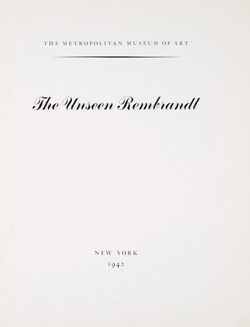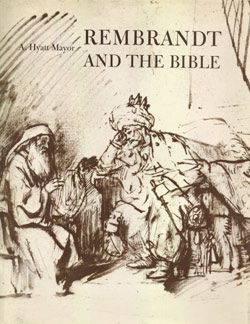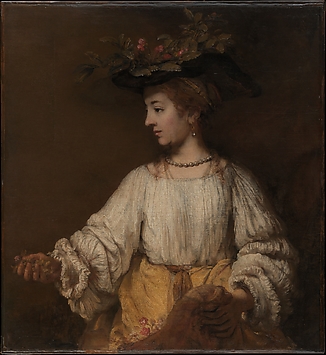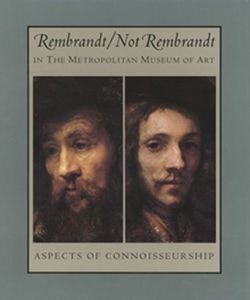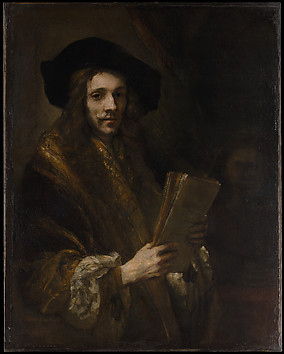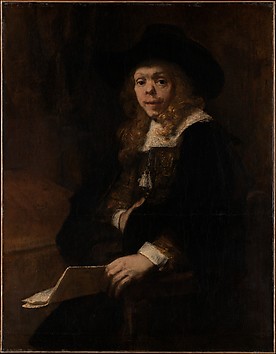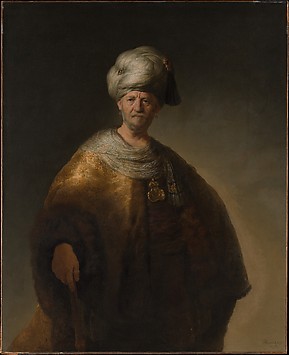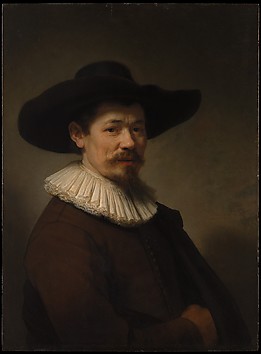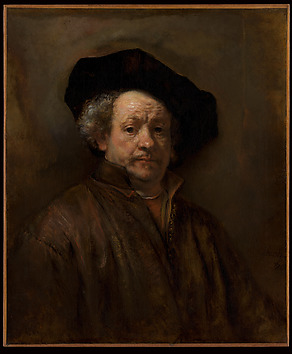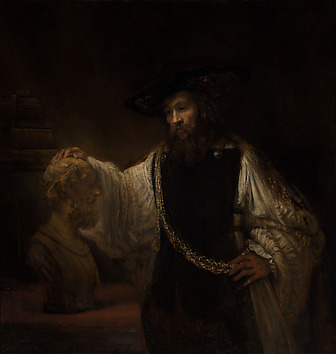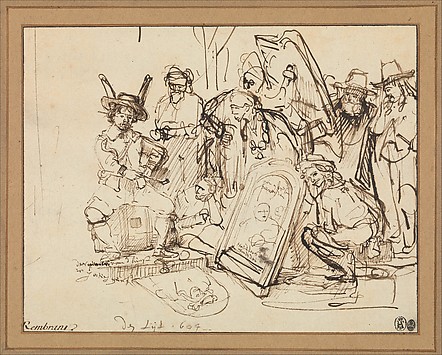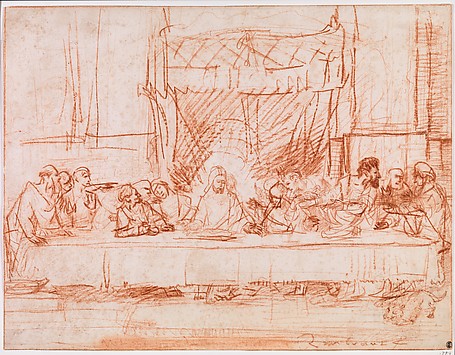Rembrandt was one of the few Dutch artists of the seventeenth century to depict scenes from the Bible. While his contemporaries painted city views, landscapes, portraits, and opulent still lifes—then the fashionable subjects—Rembrandt deviated from his countrymen and produced a breathtaking series of paintings, drawings, and etchings of Biblical events. In these works he was more concerned with the people in the Bible and their relationships with one another than with their actions as such. As A. Hyatt Mayor remarks, "Rembrandt avoided the horizon-wide spectacles that would make poor bedtime stories, such as the Gathering of Manna, the Massacre of the Innocents, or the Last Judgment." Instead, he portrayed with unique intimacy those scenes that tended to explore the human condition. He was drawn to situations in which ordinary persons are transformed through contact with the divine presence, and returned time and again to the apocryphal Book of Tobit and to episodes in the life of Christ. With the exception of a few drawings and two paintings, the illustrations in this book are etchings. The etchings are among Rembrandt's best-known and best-loved works; indeed, as Mr. Mayor points out, they, "unlike the paintings, were treasured at the very beginning!" Most of the illustrations shown here are from the Metropolitan Museum's collection. Notable among them are two large prints—Christ Presented to the People and The Three Crosses—on which Rembrandt made radical changes. The progressive states of these two etchings provide by themselves a fascinating study of the artist's creative process.



